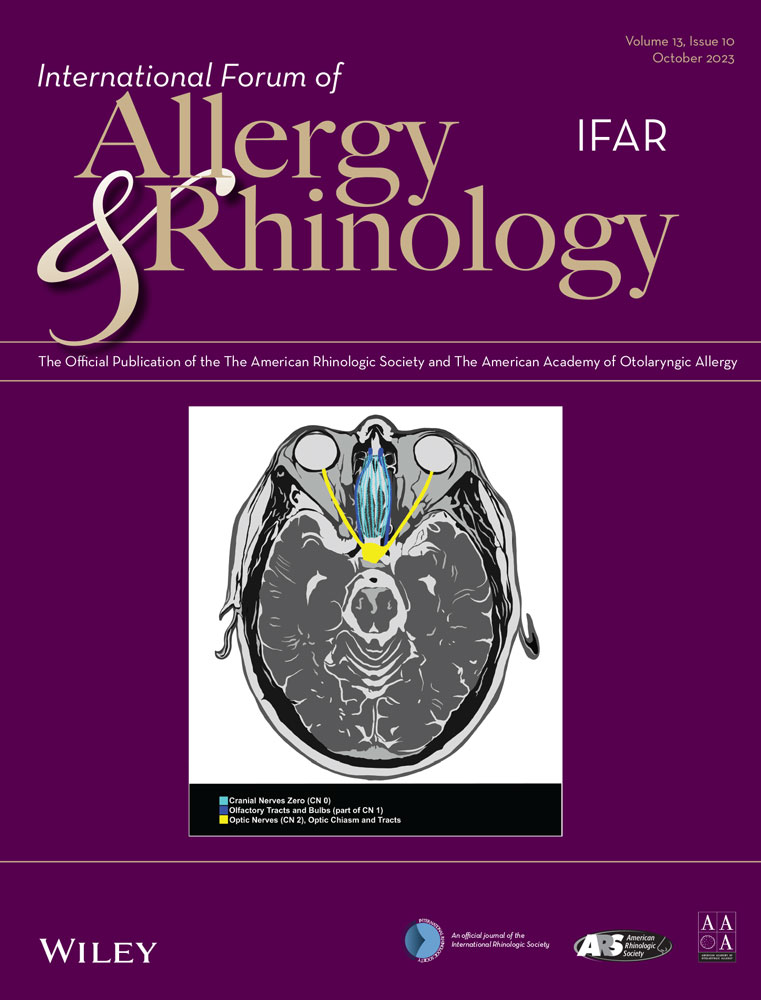Epithelial innate immune response to Pseudomonas aeruginosa–derived flagellin in chronic rhinosinusitis
Abstract
Background
Pseudomonas aeruginosa is a common colonizing pathogen in the upper respiratory tract and is associated with recalcitrant chronic rhinosinusitis (CRS). Herein we sought to characterize the effect of P. aeruginosa–derived flagellin on human sinonasal epithelial cell (HSNEC) immune responses and determine whether these pathways are disrupted in CRS.
Methods
Air-liquid interface cultures were established from CRS and healthy control donors. Cells were incubated with P. aeruginosa–derived flagellin for 24 hours and transcriptional changes were assessed using whole transcriptome RNA sequencing. Apical and basolateral secretion of the pro-inflammatory cytokines in interleukin (IL)-1β, tumor necrosis factor (TNF)-α, and IL-6 were measured after stimulation by lipopolysaccharide or flagellin and responses were compared between CRS and healthy control patients.
Results
HSNECs were weakly responsive to lipopolysaccharide, whereas flagellin stimulated a profound innate immune response dominated by TNF-α, IL-1β, and IL-17 signaling and activation of the IL-17C/IL-23 axis. CRS-derived HNSECs showed an altered innate immune response to flagellin, characterized by a profound increase in TNF-α secretion coupled with reduced IL-6 secretion.
Conclusions
Flagellin activates a potent innate immune response in HSNECs characterized by pro-inflammatory mediators and cytokines/chemokines associated with neutrophilic inflammation. HSNECs from CRS patients have a dysregulated innate immune response to flagellin characterized by an imbalance between IL-6 and TNF-α secretion.
CONFLICT OF INTEREST STATEMENT
J.H.T. has received personal fees from Sanofi/Regeneron and grant support from the NIH/National Institute of Allergy and Infectious Diseases and NIH/National Institute on Aging. The remaining authors declare that they have no relevant conflicts of interest.
Open Research
DATA AVAILABILITY STATEMENT
The data that support the findings of this study are available from the corresponding author upon reasonable request.




